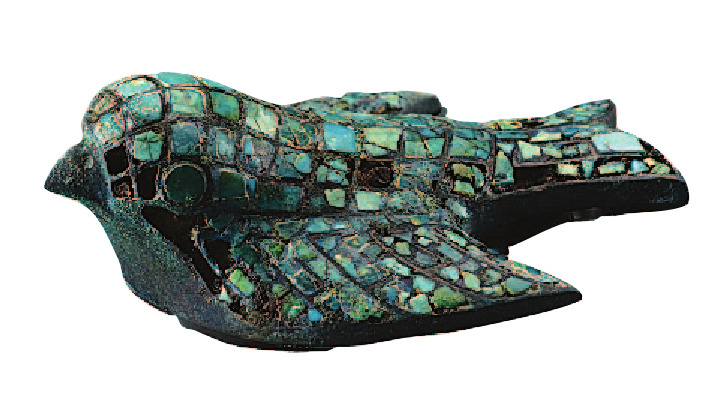
In social studies, it recommends that the Shang Dynasty of China should be used "to teach about the use of power, the development of social hierarchies and how societies are structured".
I imagine school teachers reaching for a good source of information on the Shang.

The second is from archaeology. The Shang Dynasty had successive capitals bordering the Yellow River in northern China. Yinxu was the last of these, the survival of just one intact royal grave, that of the consort Fu Hao, revealing the extraordinary wealth of the ruling elite. She was buried with 500 of her bone hairpins and bronzes weighing 1.5 tonnes.
New archaeological discoveries are now flooding in and one of these comes from Zhaigou, a provincial centre that lies 400km northwest of Yinxu on the Loess Plateau. Straddling 11 hills, Zhaigou was a vibrant city covering an area of 300ha that in many respects mirrors Yinxu itself.
Palace foundations have been identified, along with nine royal graves, seven with the entrance ramps and sacrificed victims that were the hallmark of the elite.

Bronzes were cast at the site into vessels to serve food and wine, arrowheads and axes, imports included precious cowrie shells and crocodile skins from far to the south.
The Loess Plateau provided a geographical link between the central plains of the Yellow River and the steppe world to the west and it was this strategic position that witnessed the arrival of the horse-drawn chariot, several of which were interred with the charioteers, alongside the royal graves. It has not been possible to identify the relationship between Zhaigou and metropolitan Xinyu.
The former might have been independent, or a vassal kingdom incorporated through force of arms.












